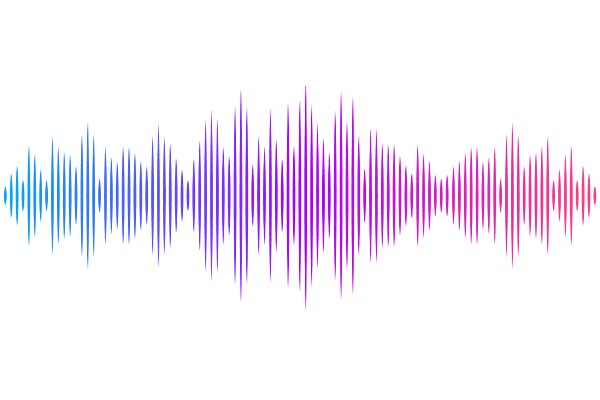A Fuzzy Situation Eased: Cold Dark Matter with Multipoles Can Explain The Double Radio Quad Lens HS 0810+2554

A Fuzzy Situation Eased: Cold Dark Matter with Multipoles Can Explain The Double Radio Quad Lens HS 0810+2554
John H. Miller Jr, Liliya L. R. Williams
AbstractOriginally observed in isophotal density contours of elliptical galaxies, higher order perturbations in the form of Fourier modes, or multipoles, are becoming increasingly recognized as necessary to account for angular mass complexity in strong lensing analyses. When smooth, elliptical CDM mass models fail, multipoles often emerge as solutions. With the discovery of two radio jets in the source quasar, the strong gravitational lens HS 0810+2554 can no longer be well fit by elliptical mass models, suggesting perturbations on small-scales. In this paper, we investigate the efficacy of multipoles $m=1$ (lopsidedness), $m=3$ (triangleness), and $m=4$ (boxiness and diskiness) in addressing the image positional anomalies of the two radio quads of HS 0810+2554. Due to the exact pairing and arrival sequence of the images being unknown, we consider all feasible image configurations. With 64 unique best-fit models, we achieve a fit of $\chi=1.59$ ($\chi^2=2.53$), with $m=1,3,4$ multipole strengths of 0.9%, 0.4%, and 0.6%, respectively, with images in the reverse time ordering. Elliptical+shear models from previous works find $\chi\!\sim\!7\!-\!10$, for comparison. With the morphological (i.e., standard) arrival sequence, we achieve a fit of $\chi=2.95$ with two images being assigned to opposite sources. Therefore, CDM mass models with mass complexity in the form of multipoles are able to adequately explain the positional anomalies in HS 0810+2554. Alternative dark matter theories, like fuzzy dark matter, need not be invoked.